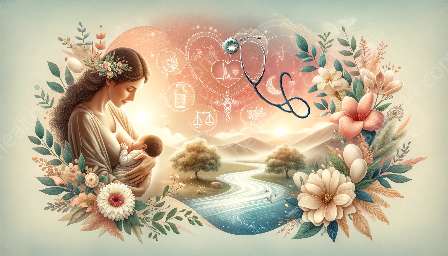Humans, like other organisms, have a reproductive system that plays a vital role in the continuation of our species. The anatomy and physiology of this system are fascinating and complex, and understanding it is crucial for reproductive health and overall well-being.
Anatomy of the Reproductive System
The human reproductive system consists of both internal and external structures. In males, the primary reproductive organs are the testes, which produce sperm and the hormone testosterone. The sperm travel through a series of ducts, including the epididymis and vas deferens, before mixing with fluids from the seminal vesicles and prostate gland to form semen. The penis delivers the semen to the female reproductive system during sexual intercourse.
On the other hand, the female reproductive system includes the ovaries, which produce eggs and female sex hormones like estrogen and progesterone. The fallopian tubes carry eggs from the ovaries to the uterus, where a fertilized egg can develop into a fetus. The external female reproductive organs, collectively called the vulva, include the labia, clitoris, and vaginal opening.
Physiology of the Reproductive System
The reproductive system is regulated by a complex interplay of hormones, including follicle-stimulating hormone (FSH), luteinizing hormone (LH), estrogen, and progesterone. These hormones drive the menstrual cycle in females and control the production of sperm in males. In females, the menstrual cycle involves the monthly release of an egg from the ovary and the thickening of the uterine lining to prepare for potential embryo implantation. If fertilization does not occur, the uterine lining is shed during menstruation.
Male reproductive physiology focuses on the production and maturation of sperm, a process known as spermatogenesis. The testes produce millions of sperm each day, and these cells undergo a series of maturation stages before becoming capable of fertilizing an egg. Testosterone plays a crucial role in promoting the development of male secondary sexual characteristics and supporting sperm production.
Reproductive Health and Well-being
Understanding the anatomy and physiology of the reproductive system is essential for maintaining reproductive health and overall well-being. Both men and women should be aware of common reproductive health issues, such as sexually transmitted infections (STIs), infertility, and reproductive cancers.
Regular screenings, including Pap smears for women and prostate exams for men, can help detect early signs of reproductive health problems. Safe sexual practices, including the use of condoms and regular testing for STIs, are important for preventing the spread of infections that can affect the reproductive system.
Overall health and lifestyle choices also play a significant role in reproductive well-being. A balanced diet, regular exercise, and stress management contribute to hormonal balance and optimal reproductive function. Avoiding harmful habits like smoking and excessive alcohol consumption is crucial for maintaining reproductive health.
Conclusion
The reproductive system's anatomy, physiology, and health are inherently linked to overall wellness. By understanding the intricacies of this system and taking proactive steps to maintain reproductive health, individuals can contribute to their well-being and that of future generations.























